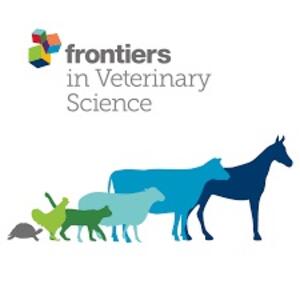
Challenges in intensifying India smallholder dairy production: Health risks and productivity gaps
Abstract
India has over 300 million buffaloes and cows, and is the country that produces the most milk. Even though
the commercial sector is growing, a large part of the milk is still traded through informal value chains. Many
households have only few milking animals, and production is hampered by poor health and lack of adequate
feed and water. Multiple zoonotic diseases are circulating, and even though milk commonly is boiled, the
trade with raw milk products and lacking hygienic measures pose a risk to human health.
Informal value chains are unregulated and uncontrolled, and this increases the associated risks. In three
projects, the International Livestock Research Institute is studying the white revolution of India.
1. Impact of an intervention on hygienic milk production on productivity, Assam. Farmers and
milk traders had a low awareness about health hazards in milk, which improved after training, but the
main impact noted by the farmers was healthier animals and better productivity.
2. Upstarting project on peri-urban dairy and risks of zoonotic disease and antibiotic misuse.
3. The dairy value chain in Bihar, one of the poorest states in India. Identifying the major limitations
to efficient milk production, and the best bet interventions.
Citation
Lindahl, J., Deka, R., Randolph, T. and Grace, D. 2015. Challenges in intensifying India smallholder dairy production: Health risks and productivity gaps. Presented at the Agri4D 2015 Conference, Uppsala, Sweden, 23-24 September 2015. Nairobi, Kenya: ILRI.










